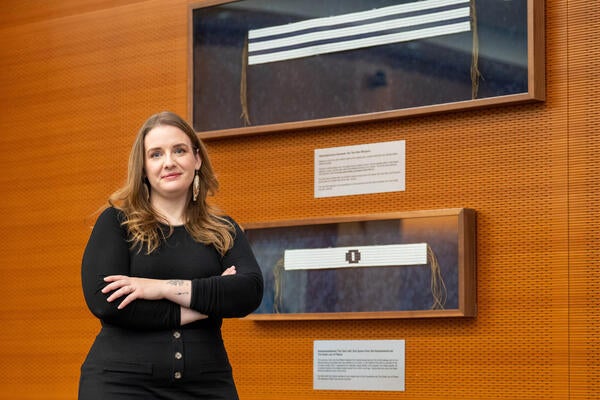Professor Linda Nazar and her colleagues from the Faculty of Science at Waterloo made the important discovery, which appears in the journal, Nature Energy.
The battery uses safe, non-flammable, non-toxic materials and a pH-neutral, water-based salt. It consists of a water-based electrolyte, a pillared vanadium oxide positive electrode and an inexpensive metallic zinc negative electrode. The battery generates electricity through a reversible process called intercalation, where positively-charged zinc ions are oxidized from the zinc metal negative electrode, travel through the electrolyte and insert between the layers of vanadium oxide nanosheets in the positive electrode. This drives the flow of electrons in the external circuit, creating an electrical current. The reverse process occurs on charge.
The cell represents the first demonstration of zinc ion intercalation in a solid state material that satisfies four vital criteria: high reversibility, rate and capacity and no zinc dendrite formation. It provides more than 1,000 cycles with 80 per cent capacity retention and an estimated energy density of 450 watt-hours per litre. Lithium-ion batteries also operate by intercalation—of lithium ions—but they typically use expensive, flammable, organic electrolytes.
“The worldwide demand for sustainable energy has triggered a search for a reliable, low-cost way to store it,” said Nazar, a Canada Research Chair in Solid State Energy Materials and a University Research Professor in the Department of Chemistry. “The aqueous zinc-ion battery we’ve developed is ideal for this type of application because it’s relatively inexpensive and it’s inherently safe.”

The zinc-ion battery could help enable communities move into production of renewable solar and wind energy. (Image: Shutterstock)
The global market for energy storage is expected to grow to $25 billion in the next 10 years. The bonus for manufacturers is they can produce this zinc battery at low cost because its fabrication does not require special conditions, such as ultra-low humidity or the handling of flammable materials needed for lithium ion batteries.
“The focus used to be on minimizing size and weight for the portable electronics market and cars,” said Dipan Kundu, a postdoctoral fellow in Nazar’s lab and the paper’s first author. “Grid storage needs a different kind of battery and that’s given us license to look into different materials.”
Water in the electrolyte not only facilitates the movement of zinc ions, it also swells the space between the sheets, like tiers of a wedding cake, giving the zinc just enough room to enter and leave the positive structure as the battery cycles. The electrode material’s nano-scale dimensions and the battery’s high-conductivity aqueous electrolyte also improve its cycling life and response times.
Together with researchers at the Joint Center for Energy Storage Research in the U.S., Nazar’s team is also investigating multivalent ion intercalation batteries based on Mg2+ in non-aqueous electrolytes. They were the first to report highly reversible Mg cycling in the TiS2 thiospinel and layered sulfides, which represent the first new highly functional Mg insertion materials reported in more than 15 years. Their papers appeared in Energy & Environmental Science and ACS Energy Letters earlier this year.









